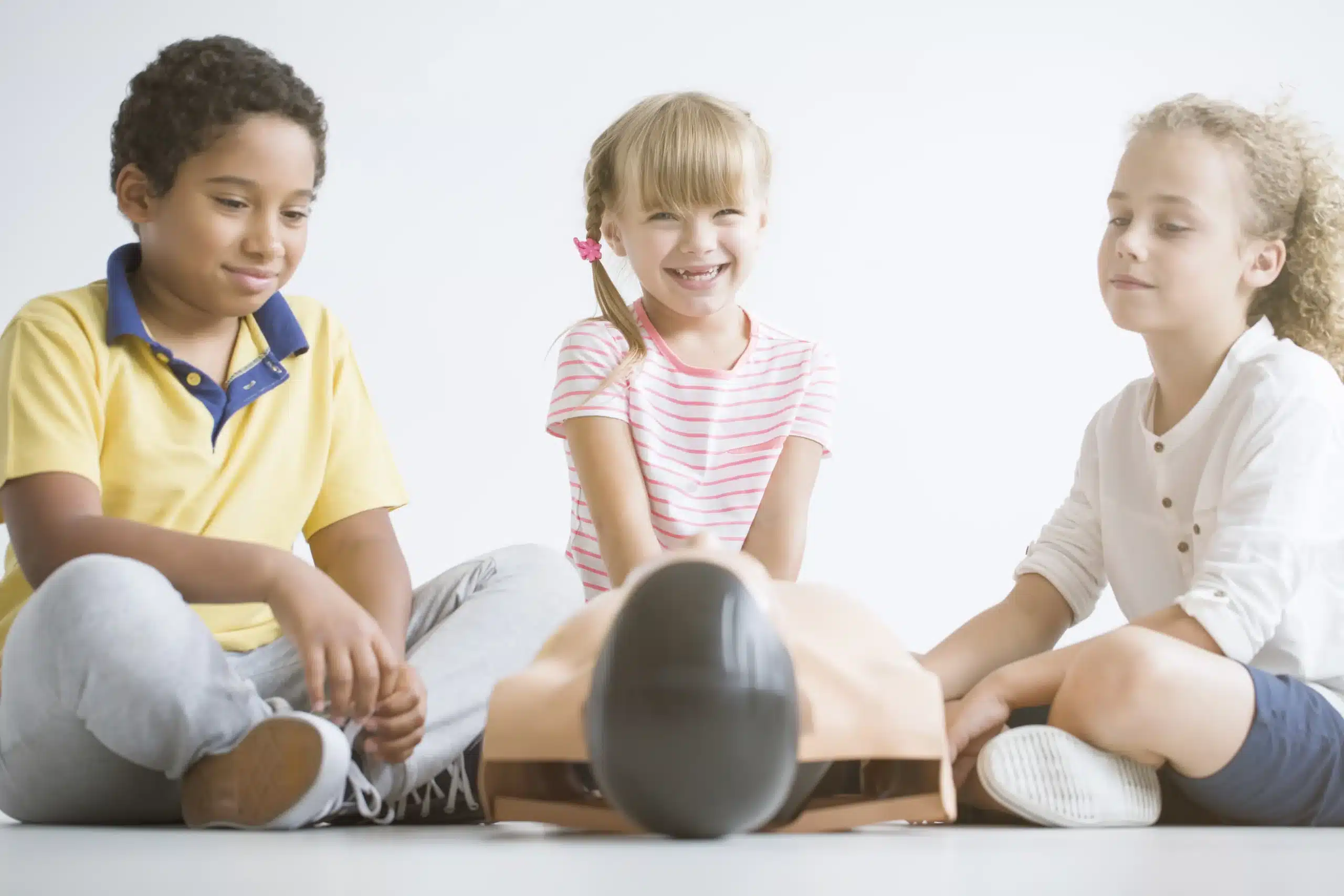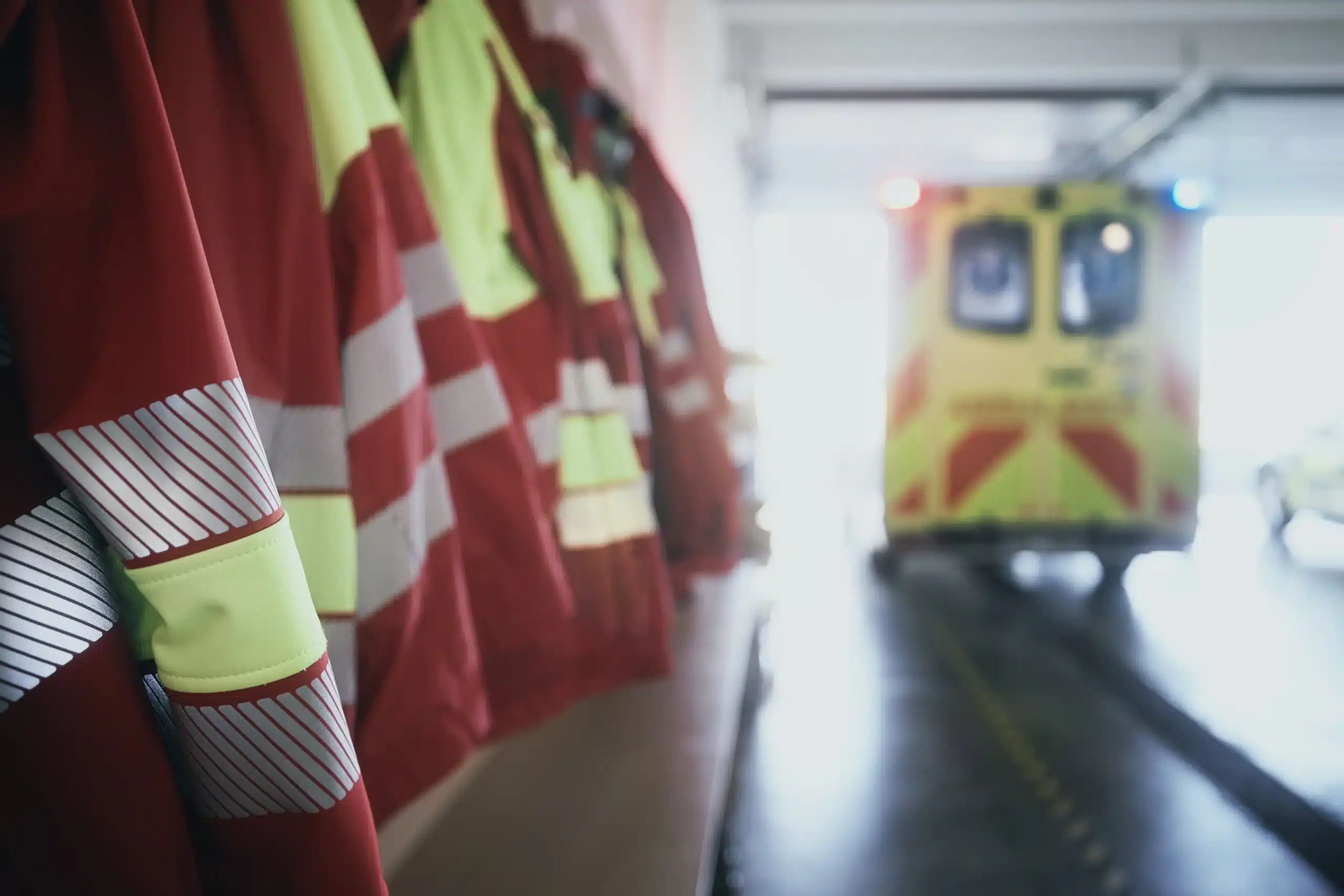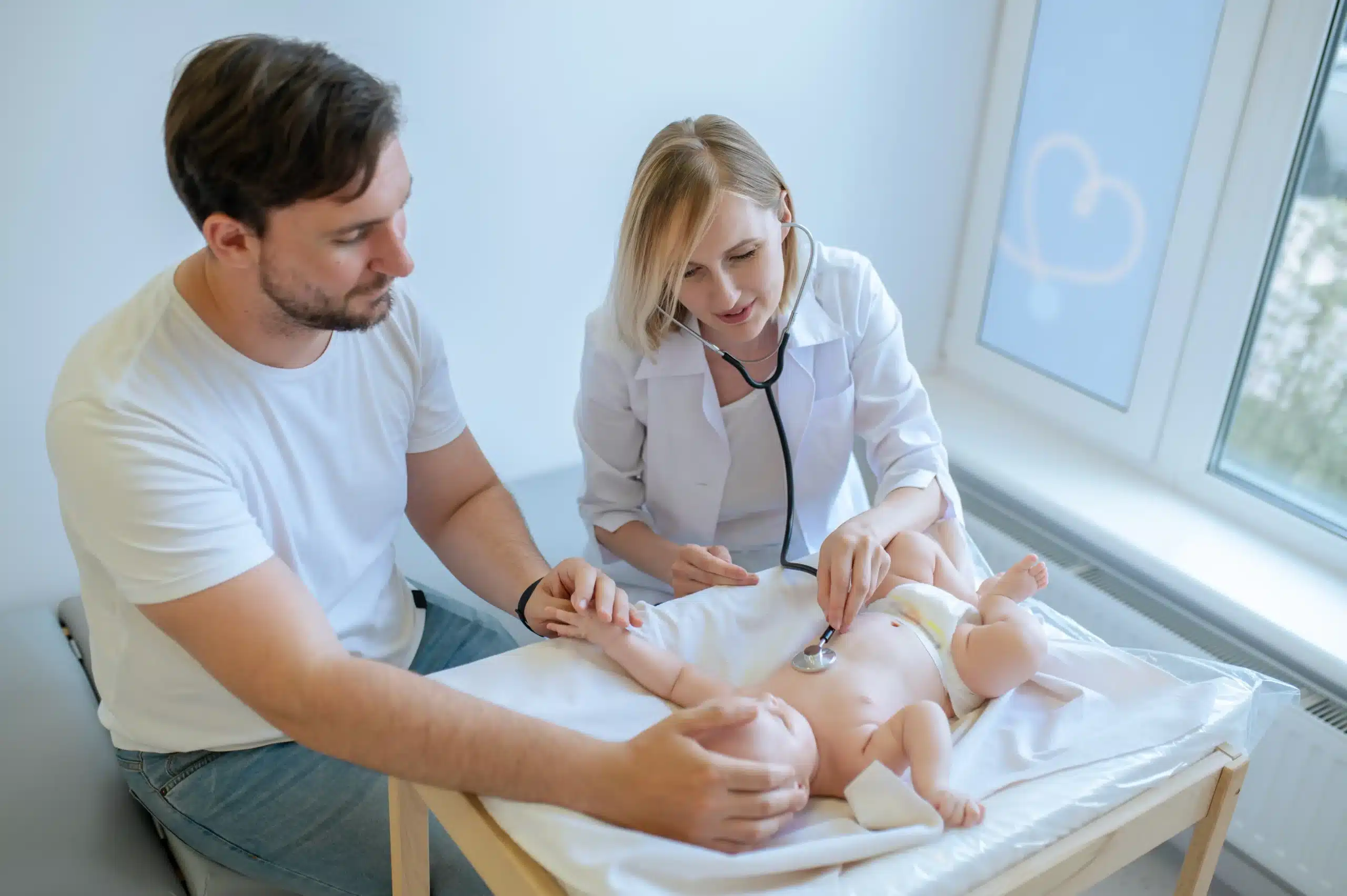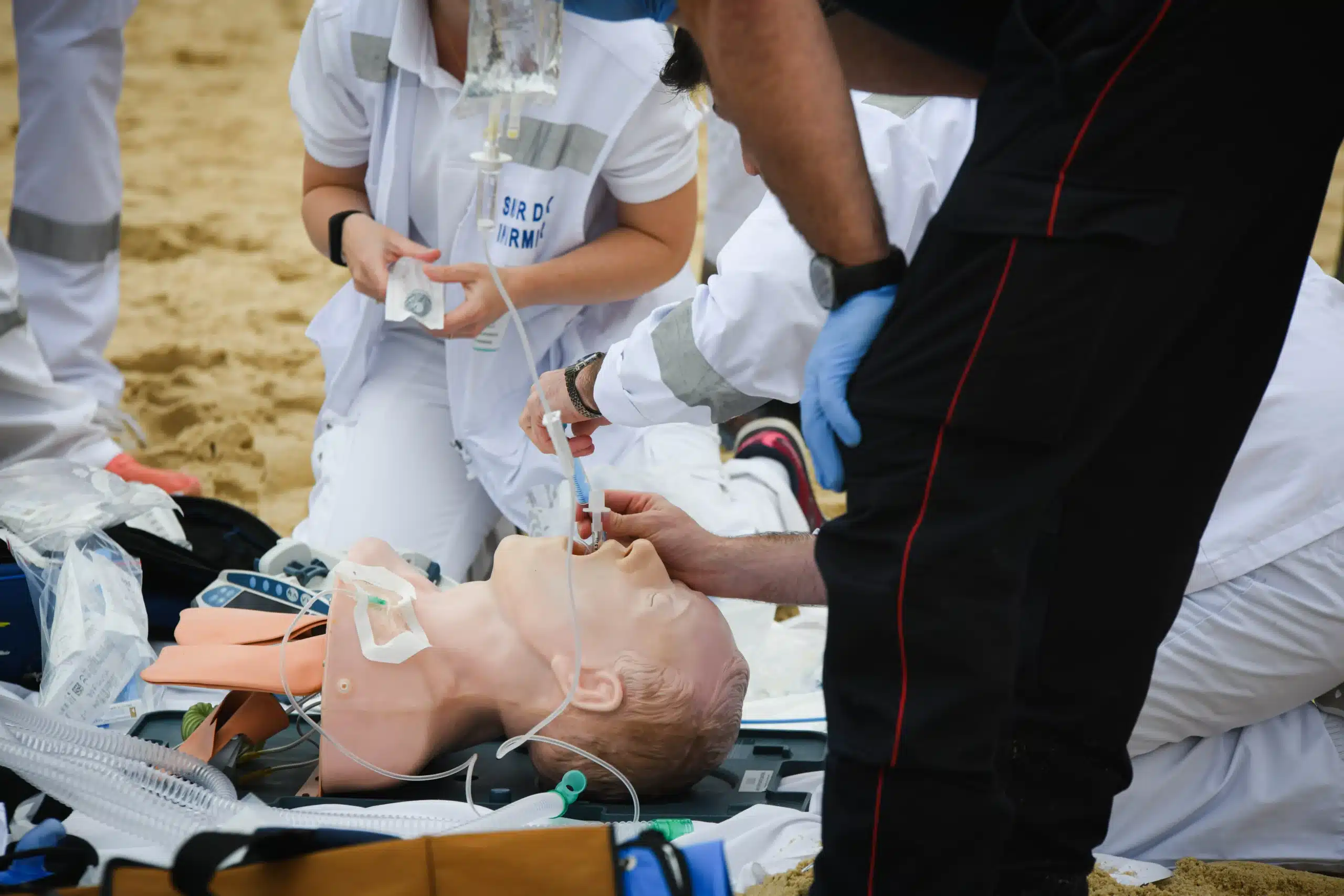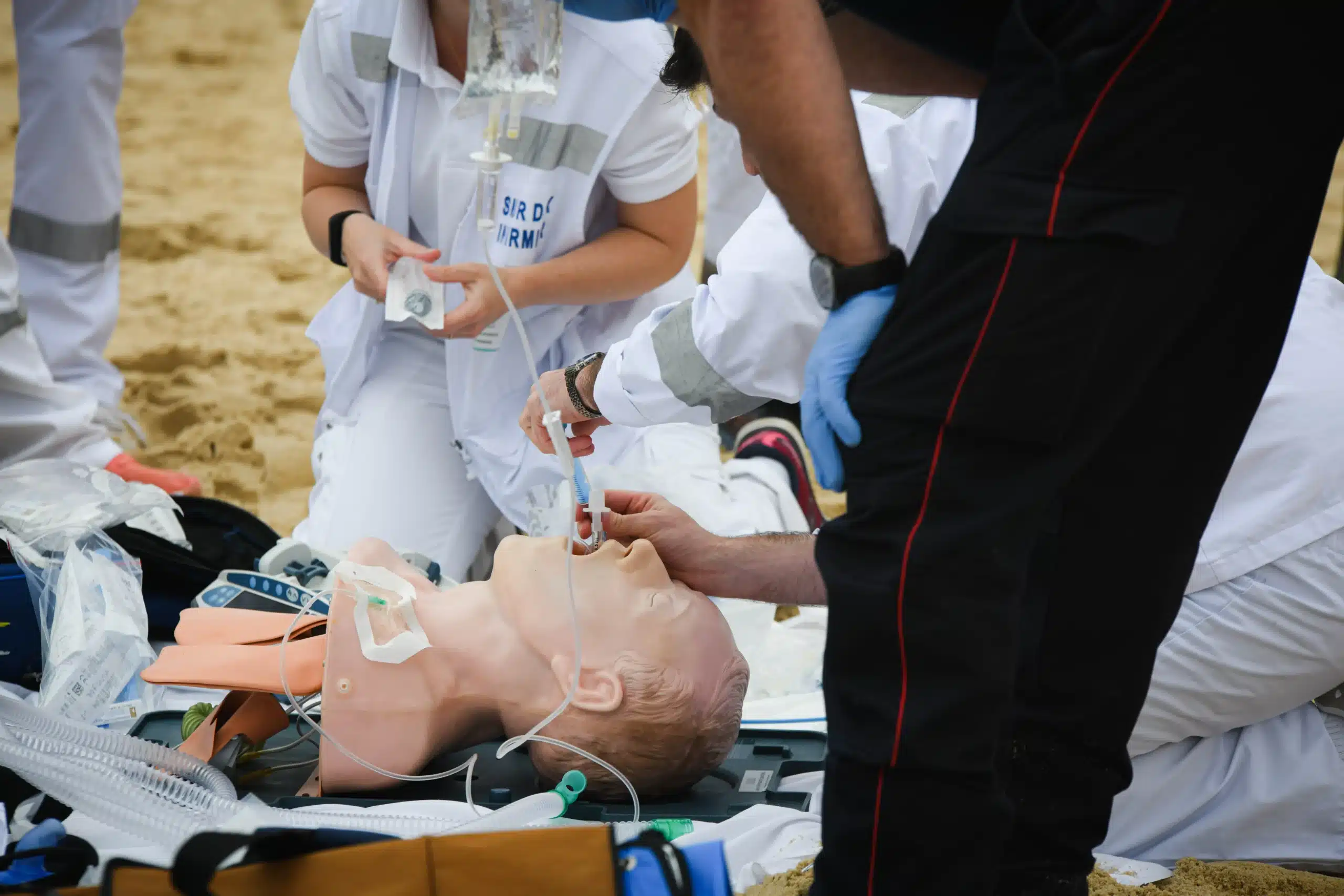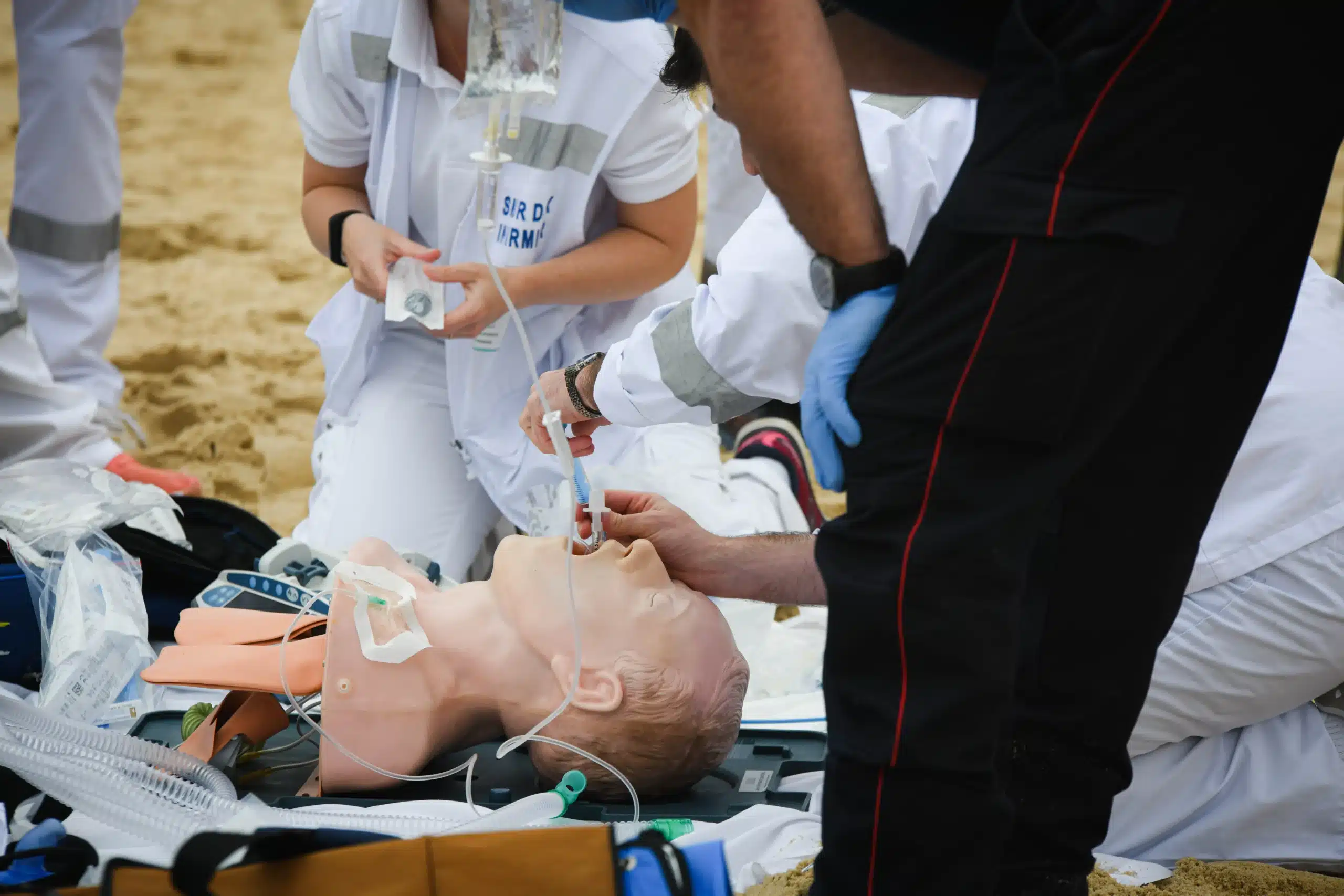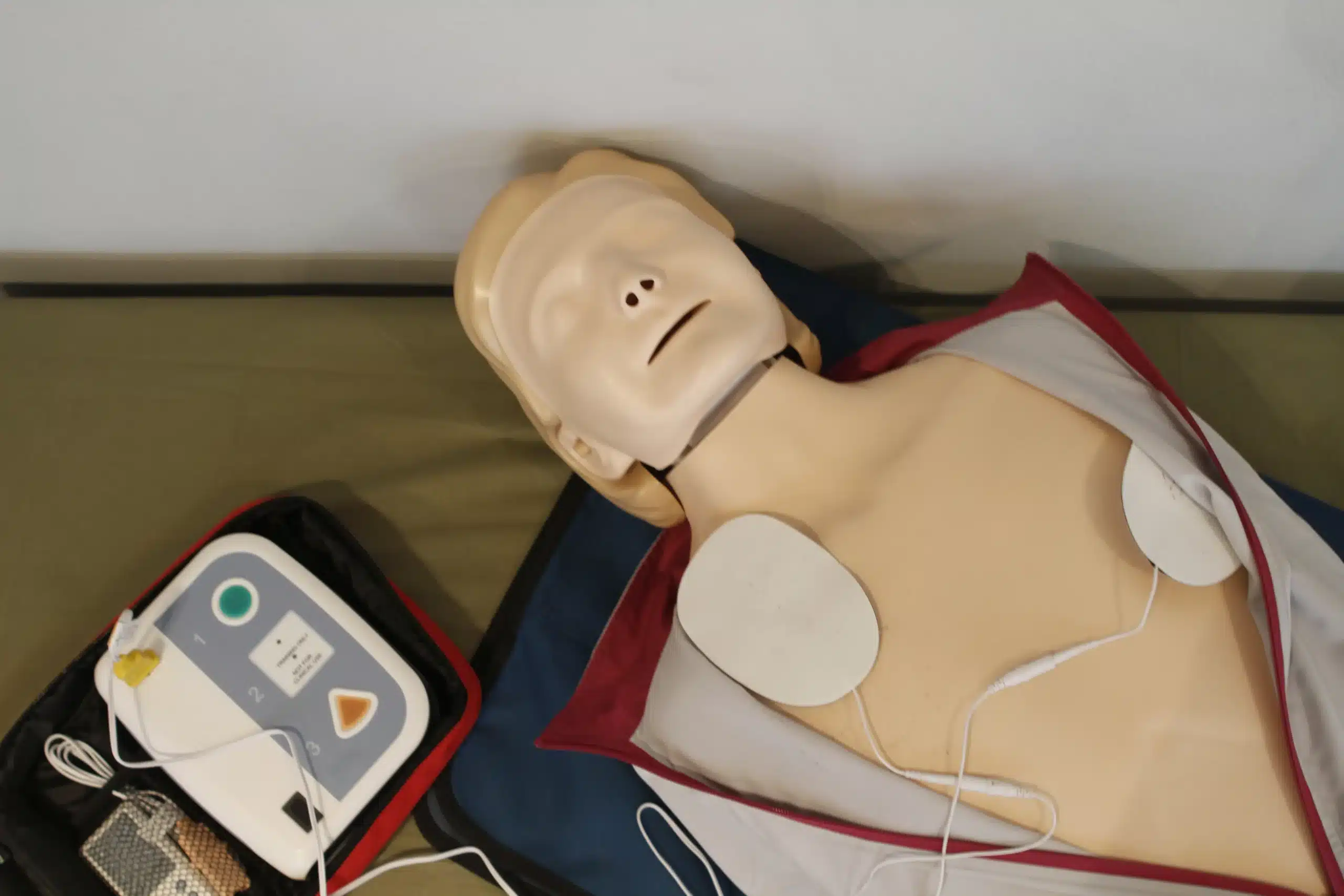Working in healthcare in Dublin? BLS certification is more than just a checkbox on a job application—it’s a vital skill set that can save lives. This article is your go-to guide for understanding BLS for healthcare providers in Dublin. We’ll cover everything from the core techniques taught in BLS courses to the various certification options available in the area. Whether you’re a seasoned healthcare professional looking to renew your certification or just starting your career, understanding the importance of BLS and finding the right training program is essential. We’ll also debunk some common myths about BLS training and provide practical tips for getting the most out of your learning experience.
Key Takeaways
- BLS certification goes beyond basic CPR: It equips healthcare providers with essential skills to manage cardiac arrest, breathing difficulties, and obstructed airways, improving patient outcomes in emergencies.
- Choosing the right BLS course is essential: Look for AHA or Red Cross accredited programs that offer comprehensive training, including CPR, AED use, and hands-on practice. Consider factors like cost, schedule flexibility, and group discounts.
- Maintain your BLS skills long-term: Prepare for your course by reviewing core concepts, actively engage in hands-on training, and stay up-to-date with the latest guidelines by renewing your certification every two years.
What is BLS Certification?
What is BLS & Why is it Important?
BLS stands for Basic Life Support. It’s a critical certification, especially for healthcare providers and first responders like paramedics and firefighters. BLS certification goes beyond standard CPR. It covers a wider range of life-saving techniques, including how to handle someone experiencing cardiac arrest, difficulty breathing, or an obstructed airway. These skills are essential for responding effectively in medical emergencies. The goal of BLS is to provide immediate care and stabilize a patient until more advanced medical help arrives. Because BLS training emphasizes early intervention, it significantly improves a person’s chances of survival. For more information on the difference between BLS and CPR, check out this helpful resource from the Red Cross.
Essential Life-Saving Techniques
BLS certification courses teach several essential techniques. You’ll learn high-quality CPR for adults, children, and infants, including how to use an AED (automated external defibrillator). The training also covers how to relieve choking and provide rescue breaths. BLS courses also emphasize teamwork and communication, which are vital in emergency situations. For example, you’ll learn how to effectively coordinate with other rescuers and clearly communicate patient information to medical personnel. This comprehensive approach ensures you’re well-prepared to handle a range of medical crises.
Why Healthcare Professionals Need BLS
For healthcare professionals, BLS certification isn’t just recommended—it’s often a job requirement. Hospitals, clinics, and other healthcare facilities need their staff to have these skills to provide the best possible patient care. BLS training helps healthcare workers meet OSHA training requirements and ensures they can respond confidently during emergencies. Having a team of BLS-certified professionals creates a safer environment for both patients and staff. Plus, BLS training has a positive impact on overall health outcomes within the community. Learn more about why healthcare workers need this essential training.
Common BLS Training Myths
One common misconception is that BLS training is only for emergencies. In reality, the skills learned in BLS are applicable in various healthcare settings, from hospitals to private practices. Regularly practicing these skills, even outside of emergency situations, helps healthcare professionals maintain proficiency and react quickly when needed. Another myth is that BLS certification is a one-time thing. Like many certifications, BLS requires renewal to ensure healthcare providers stay up-to-date on the latest guidelines and techniques. This ongoing training is crucial for maintaining high-quality patient care. For more information on BLS renewal, take a look at this helpful guide.
Find Top BLS Course Providers in Dublin
Finding the right BLS course provider is an important step in your certification journey. Here are a few reputable options to explore in Dublin:
Safety Training Seminars
Safety Training Seminars offers a comprehensive range of American Heart Association (AHA) certified courses, including BLS, CPR, ACLS, and PALS. With daily classes in Dublin, they offer flexible scheduling to fit your busy lifestyle. This makes it easier for healthcare providers in the area to obtain their certifications.
American Heart Association (AHA) Affiliated Centers
The American Heart Association itself offers numerous training centers and resources for BLS renewal courses, specifically designed for healthcare providers. You can often find both online and in-person options, but all participants complete a hands-on skills assessment. This ensures you’re not only learning the material but also practicing the essential skills required for real-life scenarios.
Irish Heart Foundation
The Irish Heart Foundation provides a Basic Life Support (BLS) course tailored for healthcare professionals. This course focuses on recognizing life-threatening emergencies, performing CPR, using an AED, and relieving choking.
Red Cross Ireland
The Red Cross offers BLS certification courses that cover essential life-saving techniques. Their training equips participants with the skills to respond effectively to medical emergencies.
Local Hospitals and Medical Centers
Many local hospitals and medical centers, such as St. James’s Hospital, offer BLS training. St. James’s Hospital, for example, provides both basic and advanced life support training through its Resuscitation Department. These courses are often available to both hospital staff and external healthcare providers. This can be a convenient option for those already working within the healthcare system.
BLS Course Formats & Requirements
In-Person, Online, & Blended Learning
BLS courses are available in several formats, making it easier to fit training into your schedule. You can choose traditional in-person classes, online learning, or a blended learning approach. Blended learning typically involves completing the coursework online, then attending an in-person skills session. This format allows you to learn the material at your own pace and get hands-on practice with an instructor.
Course Length & Time Commitment
How long does it take to get BLS certified? The time commitment for a BLS course varies depending on the format and provider. Instructor-led courses usually take between four and five hours. Blended learning courses typically require three to four hours total, split between online coursework and in-person skills practice. It’s worth noting that shorter courses may not cover all the required material, so be sure to choose a program that meets the American Heart Association guidelines.
Enrollment Prerequisites
One of the advantages of BLS training is its accessibility. There are no strict prerequisites for enrolling in a BLS course. Whether you’re already a certified healthcare professional or just starting your career, BLS certification is a valuable asset. It’s particularly relevant for roles like nurses, physicians, EMTs, and other allied health professionals who need a high level of life support training. Check with your employer or licensing board to confirm any specific requirements for your profession.
Certification Renewal
BLS certification is typically valid for two years. To maintain your credentials and stay up-to-date with the latest guidelines, you’ll need to renew your certification. Finding a renewal course is straightforward, with many providers offering streamlined recertification options. If you’re in the Dublin area, check out our BLS renewal courses at Safety Training Seminars in nearby Pleasanton. We make it easy to keep your skills current and your certification active.
BLS Course Costs & Selection
Finding the right BLS course involves several factors, including cost, course content, and accreditation. Let’s break down what you should expect when selecting a BLS provider in Dublin.
Average BLS Course Prices in Dublin
BLS course fees in Dublin generally fall between $60 and $150. This range depends on the training center, whether the course is in-person or online, and what’s included. Many courses are geared towards healthcare providers and cover core skills like CPR for adults, children, and infants, plus AED use. For more details on BLS courses and pricing, take a look at our BLS course page.
Group Discounts & Offers
If you’re coordinating training for a group, look for providers offering discounts. Many centers have special rates for group bookings, which can significantly lower the cost per person. This is particularly helpful for healthcare facilities or businesses training multiple staff members. See our group discount options for more information.
Choosing the Right Course
Not all BLS courses are created equal. A high-quality course should cover a comprehensive curriculum, including adult, child, and infant CPR, AED operation, and how to handle situations like opioid overdoses. Hands-on practice is essential for building confidence and preparing you for real-life emergencies, so ensure the course includes training with manikins.
Accreditation & Recognition
Accreditation matters when choosing a BLS course. Certification from a recognized organization like the American Heart Association or the Red Cross carries more weight with employers. These certifications demonstrate a standardized level of training and are often preferred (or even required) in healthcare settings. Also, consider the format of the certification. A digital certificate offers easy storage, sharing, and printing. We offer AHA-compliant BLS courses that meet these high standards.
Get the Most Out of BLS Training
So, you’ve decided to get BLS certified—smart move! Here’s how to make the most of your training, from pre-course prep to post-certification support. These tips will help you feel confident and prepared to use your skills.
Prepare for Your BLS Course
Before your course starts, take some time to prepare. BLS training is designed for all sorts of healthcare professionals, from certified to non-certified, licensed to non-licensed as explained by Heart Safety Solutions. Brushing up on basic medical terminology and the core concepts of CPR is a great idea. This will free you up to focus on practical skills during the course. Pleasanton CPR Classes offers resources to help you get a head start. Check out our BLS course page for details.
Hands-On Practice & Simulations
BLS certification isn’t just about what you learn in a textbook—it’s about how you apply it in real life. Hands-on practice and simulations are key to developing the muscle memory and quick thinking you’ll need in an emergency. CPR Every Second Counts explains why this type of training is so important for healthcare workers responding to cardiovascular emergencies. Make sure you actively participate in these exercises during your course and ask your instructor for feedback.
Using BLS Skills in Healthcare
Your BLS skills will be valuable throughout your healthcare career. Whether you’re a doctor, nurse, or other healthcare provider, these skills can truly make a difference. MyCPRCertificationOnline highlights how BLS training gives you the ability to respond quickly and effectively in cardiovascular emergencies. Think about how these skills fit into your specific role, and look for ways to refresh your knowledge regularly.
Overcome Common Challenges
Lots of people start BLS training with preconceived notions or a bit of anxiety. Understanding and addressing these common challenges is a big part of successful learning. SmartSimRegistration breaks down some of the common misconceptions about BLS for healthcare providers. Don’t hesitate to ask your instructor questions and get clarification on anything that’s unclear.
Resources & Support After Certification
Getting certified is just the beginning! Staying current with the latest guidelines and refreshing your skills is crucial. Finding the right renewal course can be tricky, but there are resources out there to help. Livermore CPR Classes offers a handy guide for BLS renewal in the Dublin area. Remember, maintaining your certification shows you’re committed to providing excellent patient care.
Related Articles
- BLS Certification in Dublin: A Practical Guide – Pleasanton CPR Classes
- Basic Life Support (BLS) in Pleasanton: Your Complete Guide
- BLS Classes in Dublin: A Comprehensive Guide
- ACLS Certification in Dublin: A Complete Guide
- BLS Courses in Pleasanton: Certification Guide – Pleasanton CPR Classes
Frequently Asked Questions
What’s the difference between BLS and CPR?
CPR (Cardiopulmonary Resuscitation) is a specific technique used within BLS (Basic Life Support). Think of BLS as the broader umbrella, encompassing CPR along with other essential skills like using an AED, relieving choking, and providing rescue breaths. BLS also emphasizes teamwork and communication in medical emergencies.
How often do I need to renew my BLS certification?
BLS certification is typically valid for two years. Renewal ensures you stay up-to-date with the latest guidelines and best practices for providing high-quality care. Many providers offer streamlined recertification courses to make the process convenient.
What if I don’t work in a hospital setting? Do I still need BLS certification?
While BLS certification is often a requirement for hospital staff, it’s a valuable asset for anyone working in healthcare, including private practices, clinics, or other medical settings. Even if it’s not mandatory for your specific role, having BLS training can enhance your ability to respond effectively in emergencies and provide better patient care.
Are online BLS courses as effective as in-person classes?
Online BLS courses offer flexibility and convenience, allowing you to learn the material at your own pace. However, BLS certification requires demonstrating proficiency in practical skills. Many online courses use a blended learning approach, combining online coursework with an in-person skills session to ensure you get the hands-on practice you need.
How can I find a reputable BLS course provider in my area?
Look for providers accredited by recognized organizations like the American Heart Association or the Red Cross. Check online reviews and compare course content, cost, and scheduling options to find a program that fits your needs and learning style. Local hospitals and medical centers often offer BLS training as well.
